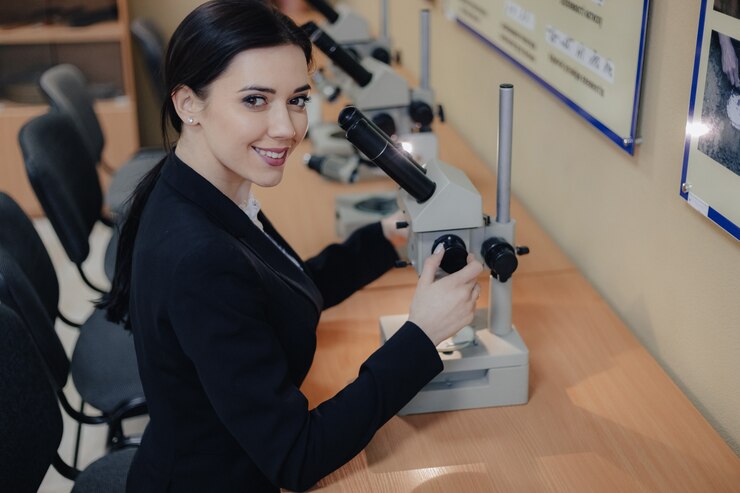Exploring Arthroscopic Techniques: Addressing Shoulder Dislocations with Surgical Precision

Have you ever experienced the discomfort of shoulder dislocation, whether caused by sports or an accidental fall? This sensation is unambiguously painful, often caused by the ball of the upper arm slipping out of its socket. Although some dislocations may heal spontaneously or with assistance, repeated occurrences can cause significant damage and instability of the shoulder joint. This is where arthroscopic surgery conducted by a specialized shoulder surgeon becomes indispensable, offering minimally invasive procedures to repair the damage and prevent future dislocations.
Understanding Arthroscopic Surgery
Arthroscopic surgery, also called arthroscopy. A minimally invasive surgical approach that enables physicians to view and address joint issues through small incisions, aided by a miniature camera. Which is known as arthroscope. This remarkable device is inserted into the joint through a small incision. While surgical instruments access the area through additional small holes.
Why opt for arthroscopy in cases of shoulder dislocation?
Arthroscopic surgery has several advantages over traditional open surgery for treating shoulder instability and dislocation:
Decreased incision size:
Arthroscopy makes only small incisions, minimizing damage to the surrounding muscles, tendons, and tissues, thereby reducing pain, swelling, and stiffness after the operation.
Quicker Recovery:
Smaller incisions and less tissue trauma often enable patients to begin physical therapy and rehabilitation exercises sooner, speeding up the recovery process.
Advanced Visualization:
The arthroscopic camera provides surgeons with a detailed, clear view of the inside of the joint, allowing precise identification and resolution of any problems.
Outpatient Procedure:
In many cases, arthroscopic shoulder surgery can be performed as an outpatient procedure, allowing patients to return home the same day without the need for overnight hospitalization.
Role of arthroscopy in diagnosis of shoulder dislocation
During arthroscopic surgery for shoulder dislocation, the surgeon may perform different procedures depending on the specific injury and its severity:
Bankart repair:
This procedure involves reattaching a torn or separated labrum (the cartilage ring that surrounds the shoulder socket) to the bone, stabilizing the joint and preventing future dislocations.
Capsular shift or capsulolabral reconstruction:
In some cases, it may be necessary to tighten or reconstruct the ligaments that form the joint capsule to restore stability.
Remodeling:
Surgeons may opt for this technique when addressing a Hill-Sachs lesion. Usually the defect is filled with a tendon graft to prevent further displacement of the humeral head.
Bone transfer:
In severe cases with significant bone loss, surgeons may need to perform a bone transfer procedure, harvesting bone from another area of the body and using it to reconstruct the socket or humeral head.
After surgery, diligent physical therapy is important to regain strength, flexibility, and range of motion in the shoulder joint. With proper rehabilitation and care, many patients can resume their normal activities, including sports, within a few months.
The future of arthroscopic shoulder surgery
Advances in technology have continued to refine arthroscopic techniques and instruments. This has enabled surgeons to perform increasingly complex procedures through smaller incisions, reducing recovery time and improving patient outcomes. Additionally, the integration of advanced imaging technologies such as 3D modeling and computer navigation systems helps surgeons carefully plan and execute these delicate procedures, ensuring optimal results.
If you or someone you know experiences frequent shoulder dislocations, don’t hesitate to explore the potential benefits of arthroscopic surgery. With the right surgical expertise and post-operative rehabilitation, a stronger, more stable shoulder joint is within reach.
Frequently Asked Questions (FAQ) about Arthroscopic Shoulder Surgery
What conditions can arthroscopic shoulder surgery treat?
Arthroscopic shoulder surgery can effectively address various shoulder issues, including recurrent shoulder dislocations, rotator cuff tears, labral tears, shoulder impingement syndrome, and shoulder instability.
Alos Read: The Ultimate Guide to Understanding and Overcoming Phobias with Stress Therapist NJ










